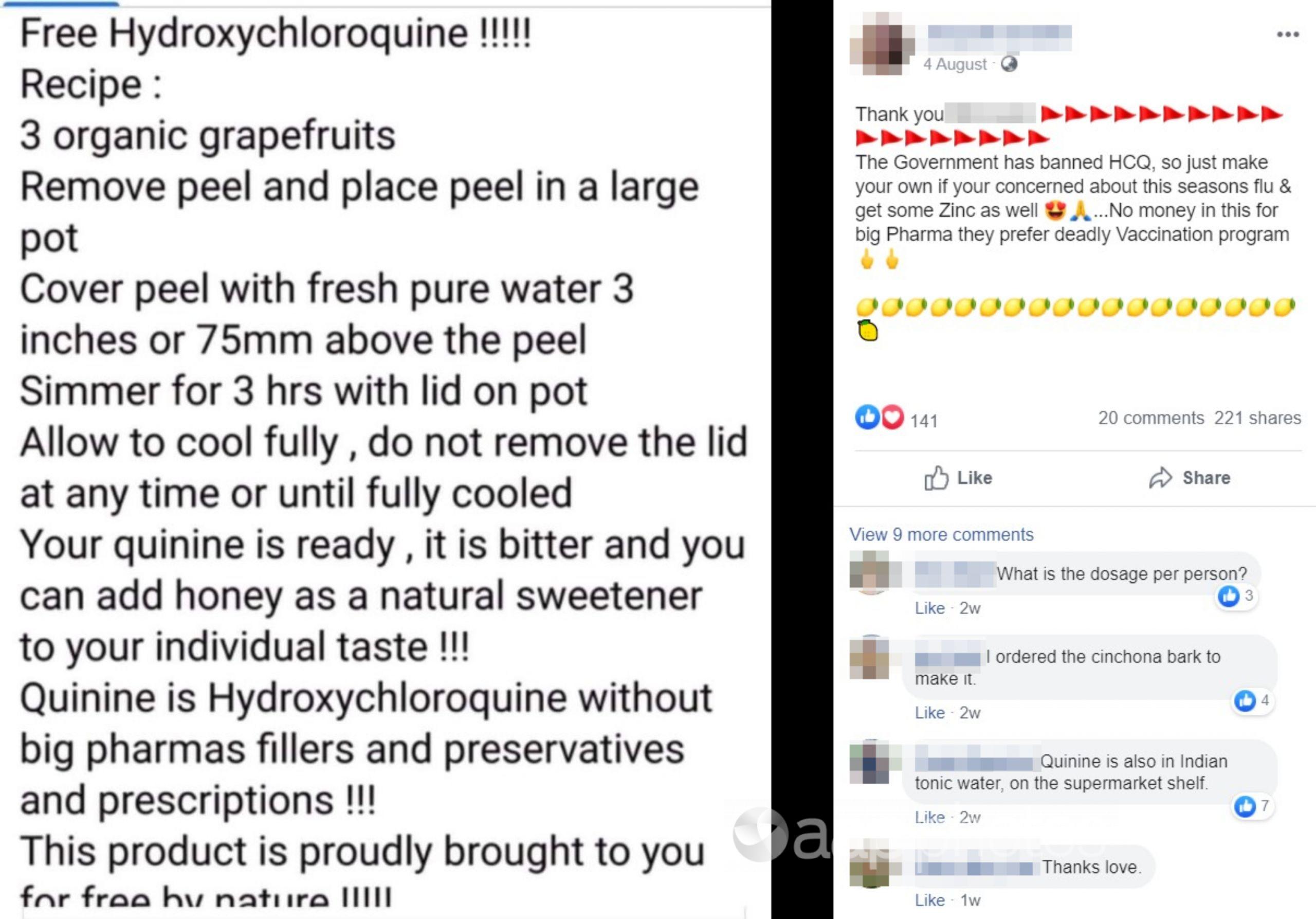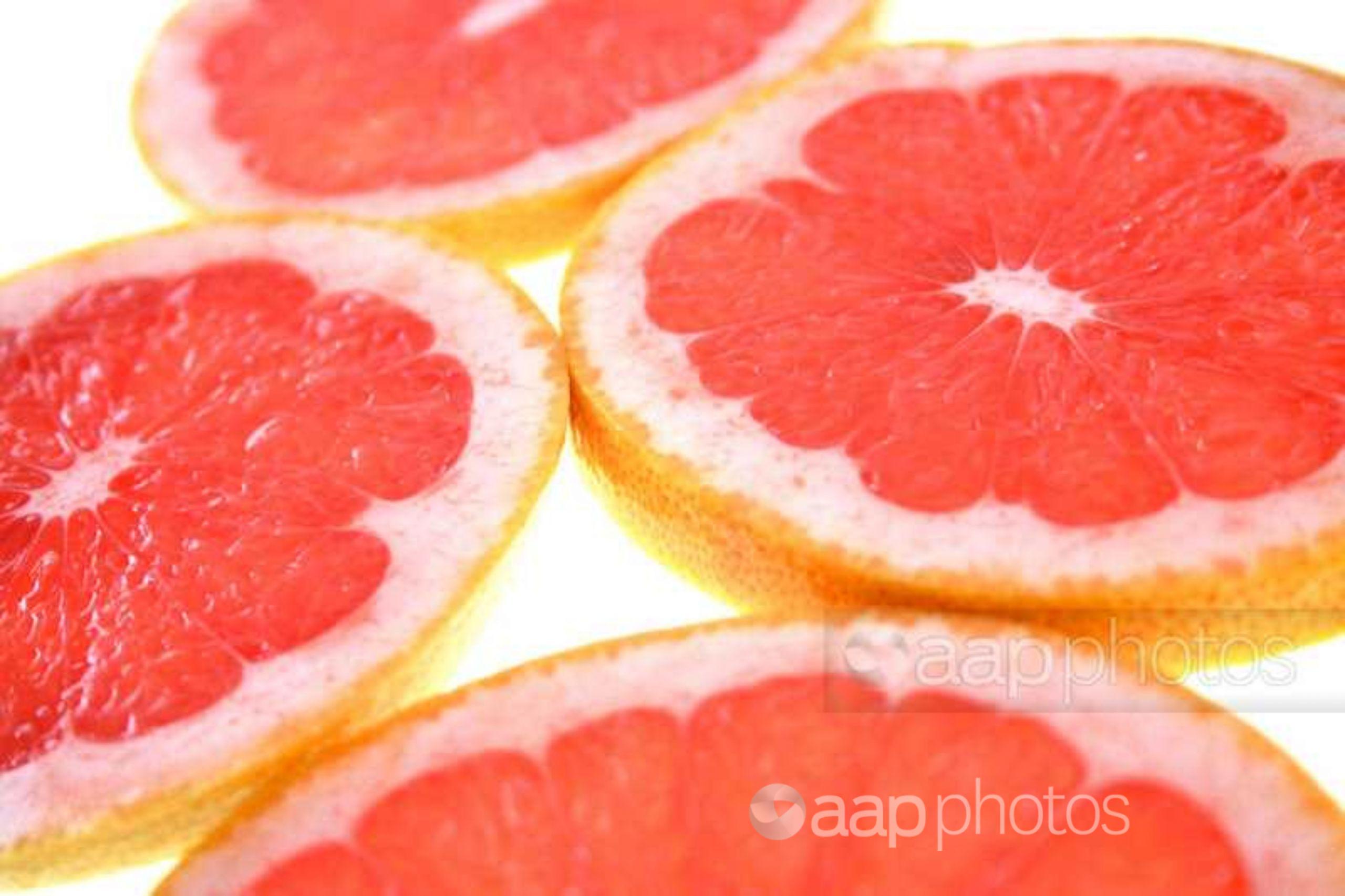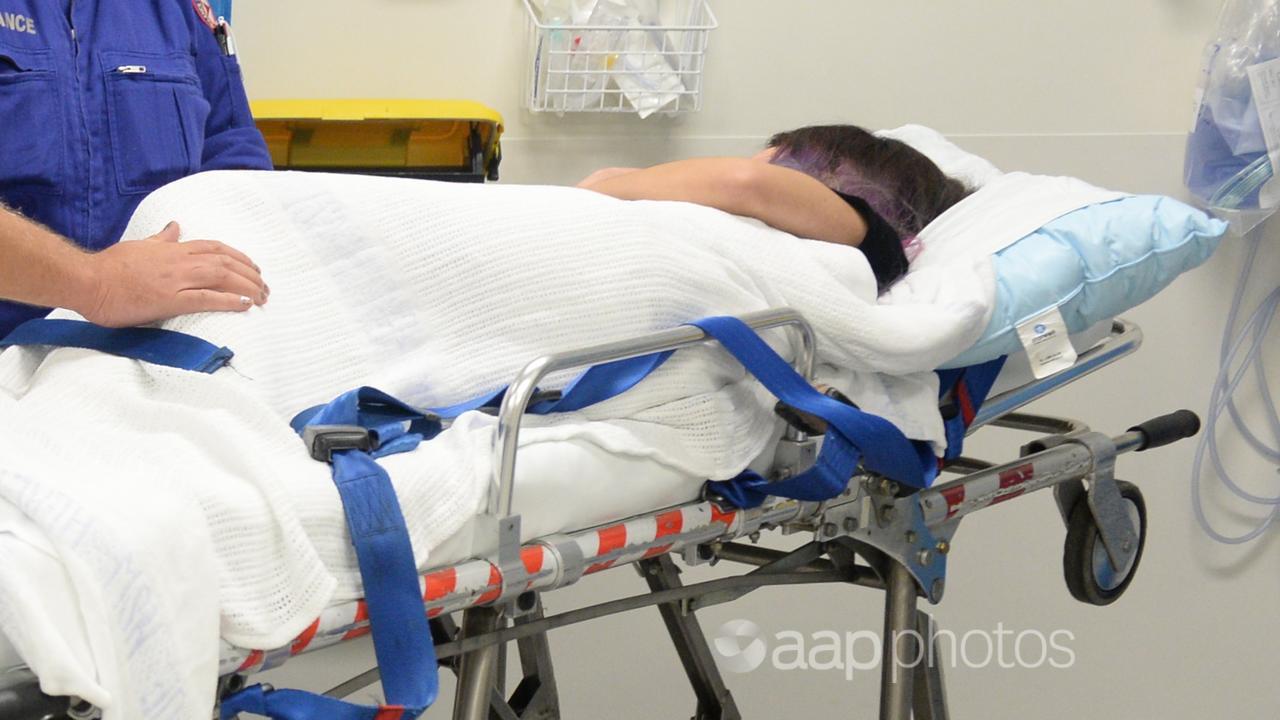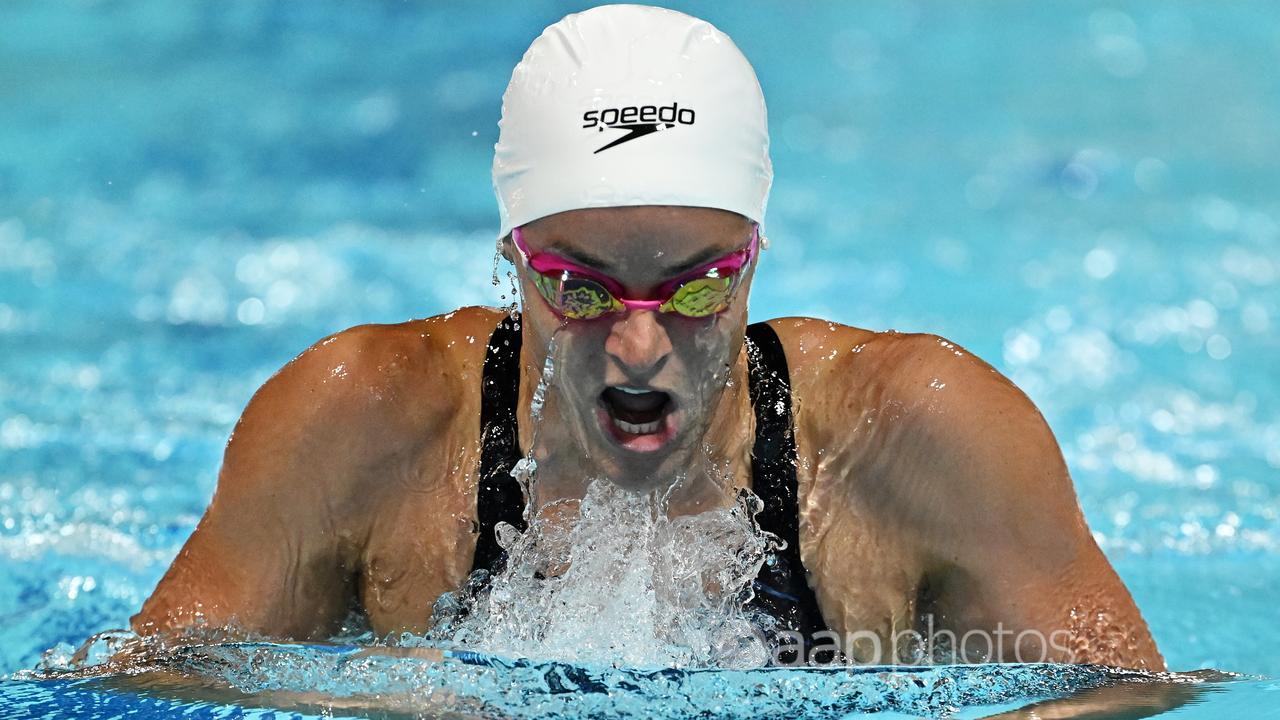The Statement
A Facebook post claims hydroxychloroquine can be made using a recipe that includes “three organic grapefruits”.
The post features a purported recipe using grapefruit peels and makes the claim that “Quinine is Hydroxychloroquine without big pharmas (sic) fillers and preservatives and prescriptions !!!”.
The August 4 post has received more than 220 shares.

The Analysis
The post’s hydroxychloroquine recipe follows on from US President Donald Trump’s promotion of the anti-malaria drug as a potential treatment for COVID-19. However, it falsely claims that hydroxychloroquine is the same as quinine.
Hydroxychloroquine is a drug that is used to prevent malaria and treat conditions such as arthritis, according to the US Centers for Disease Control and Prevention. It was first synthesised in 1950 as a less toxic alternative to chloroquine, according to the American College of Clinical Pharmacy.
Quinine is a compound which comes from the bark of the Cinchona tree. It is also an antimalarial which is used to treat cramps.
University of Sydney pharmaceutical expert Dr Nial Wheate told AAP FactCheck the Facebook post’s claim that quinine is hydroxychloroquine “without fillers and preservatives” is incorrect.
Alan Armstrong, Professor of Organic Synthesis at Imperial College London previously rejected the claim, saying: “Hydroxychloroquine is a completely different chemical substance to quinine.”
Prof Armstrong told Reuters: “Historically, hydroxychloroquine was discovered during efforts to synthesise alternatives to quinine as anti-malarials.”
Regarding the recipe, Dr Wheate told AAP FactCheck that he could not find any scientific evidence of quinine in grapefruit peels.
He added that a person would “probably need an entire bag full of peel to be able to get enough quinine from it to actually do anything”.
Dr Wheate said quinine and hydroxychloroquine in their natural forms do not dissolve well in water and someone using the recipe would need to drink an “unhealthy” amount of water – about five litres per day – for it to have any effect.
“Quinine is massively dangerous chemical for people to be taking – it has really bad side effects,” he warned.
“If you get the dose wrong and take too much, you can get in serious trouble.”

The Verdict
Based on the evidence, AAP FactCheck found the claims in the Facebook post to be false. Hydroxychloroquine is a synthetic drug while quinine is a compound found in cinchona bark. Regarding the recipe, a pharmaceutical expert told AAP FactCheck he could not find scientific evidence of quinine in grapefruit peels and it would not create hydroxychloroquine.
False – The primary claim of the content is factually inaccurate.
AAP FactCheck is an accredited member of the International Fact-Checking Network. If you would like to support our independent, fact-based journalism, you can make a contribution to AAP here.
All information, text and images included on the AAP Websites is for personal use only and may not be re-written, copied, re-sold or re-distributed, framed, linked, shared onto social media or otherwise used whether for compensation of any kind or not, unless you have the prior written permission of AAP. For more information, please refer to our standard terms and conditions.

















